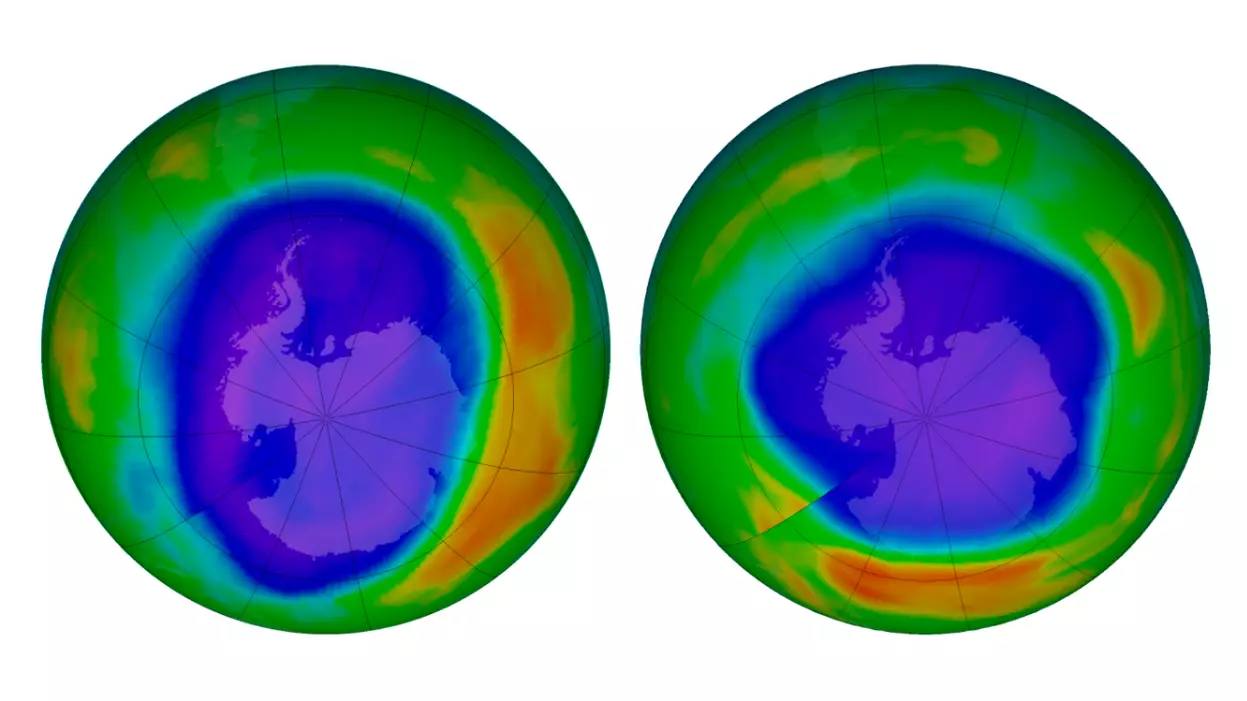
A UN study has revealed that the ozone layer is slowly recovering, and is even expected to be fully repaired by the 2060s.
A hole was first found in the ozone layer - which shields from the sun's harmful rays - above Antarctica back in the 1980s, as the result of harmful chemicals being released into the atmosphere.
The hole has exposed us to strong ultra-violet light, which has in turn been linked to an increase in diagnoses for skin cancer, prompting severe bans on the manufacture of products featuring the damaging chemicals.
Advert
Thanks to these bans, the ozone layer has been able to recover at a small but mighty rate of three percent per decade, meaning it may be repaired by the time we reach the 2060s.
"The Antarctic ozone hole is recovering, while continuing to occur every year," the report said.
"As a result of the Montreal Protocol much more severe ozone depletion in the polar regions has been avoided."
The research was part of a four-yearly review of the Montreal Protocol, a 1987 ban on man-made gases that harm the ozone layer, which found that these gases in the atmosphere were decreasing in the long-term.
Advert
The Montreal Protocol helped phase out ozone depleting chemicals, including chlorofluorocarbons - known as CFCs - which were used widely in the production of fridges and spray cans until it transpired that they contributed to the breakdown of the ozone layer.

Eventually, the hole in the ozone layer is expected to close, returning gradually to the same levels seen in the 1980s.
"Evidence presented by the authors shows that the ozone layer in parts of the stratosphere has recovered at a rate of 1-3 per cent per decade since 2000," UN Environment and the World Meteorological Organisation said.
Advert
"At projected rates, Northern Hemisphere and mid-latitude ozone is scheduled to heal completely by the 2030s followed by the Southern Hemisphere in the 2050s and polar regions by 2060."
The report also said it was the first time the hole in the ozone layer had shrunk in both size and depth and size since 2000.
However, while most of the banned damaging gases have been phased out, the study found at least one violation - having spotting that production and emission of CFC-11 unexpected increased in eastern Asia since 2012. The countries in question have not yet been identified.
Featured Image Credit: PATopics: Environment, Science, News